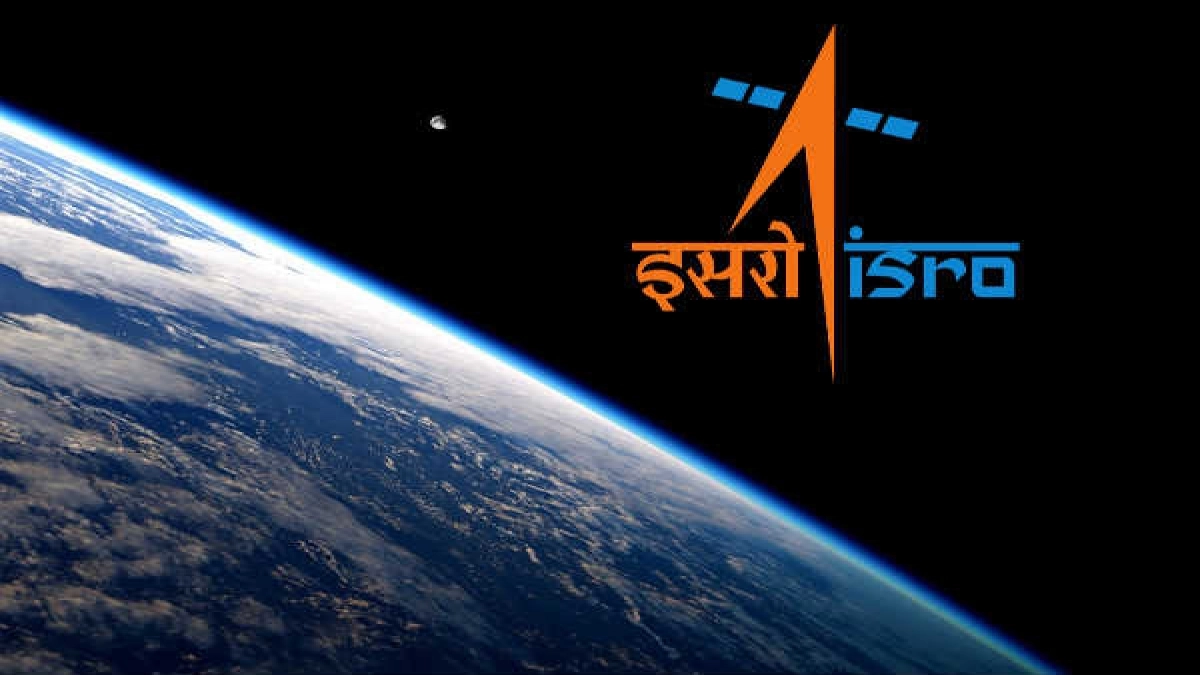Indian Space Research Organisation (ISRO) has set its sights on developing a space tourism program, with plans to launch the first mission by 2030. The space agency is aiming to offer suborbital space tourism flights to the public at a cost of Rs. 6 crore per passenger.
The program is part of ISRO’s larger goal to make space more accessible and to increase public interest in space exploration. ISRO Chairman, K. Sivan, announced the initiative on Tuesday, stating that the agency is working on developing the necessary infrastructure to make the program a reality.
“ISRO is working on developing the necessary technology and infrastructure to make space tourism a viable option for the public,” said Sivan. “We are targeting to launch our first mission by 2030.”
The space tourism program will involve a suborbital flight, which will take passengers up to an altitude of around 100 kilometers, allowing them to experience weightlessness and see the curvature of the Earth. The flights will be carried out using ISRO’s reusable launch vehicle, which is currently under development.
The cost of the space tourism program is expected to be around Rs. 6 crore per passenger, which is considerably cheaper than other space tourism options currently available. The program is expected to generate significant revenue for ISRO, which will be reinvested in the agency’s research and development programs.
While the program is still in its early stages, ISRO has already received interest from a number of potential customers. Sivan said that the agency is working to develop partnerships with companies that can provide the necessary infrastructure and support for the program.
“We are in talks with several companies that have expressed interest in partnering with us to provide the necessary support and infrastructure for the program,” said Sivan. “We are confident that we can make this program a success and bring space tourism to the masses.”
The space tourism program is part of ISRO’s larger goal to develop a sustainable space economy in India. The agency is also working on developing satellite technology, launching missions to the Moon and Mars, and partnering with other countries on space exploration projects.
In conclusion, ISRO’s plans to launch a space tourism program by 2030 are an exciting development for space enthusiasts in India and around the world. The program is expected to generate significant revenue for ISRO and could help to increase public interest in space exploration. With the agency’s expertise and resources, it seems likely that ISRO will be able to make space tourism a viable option for the public in the years to come.

